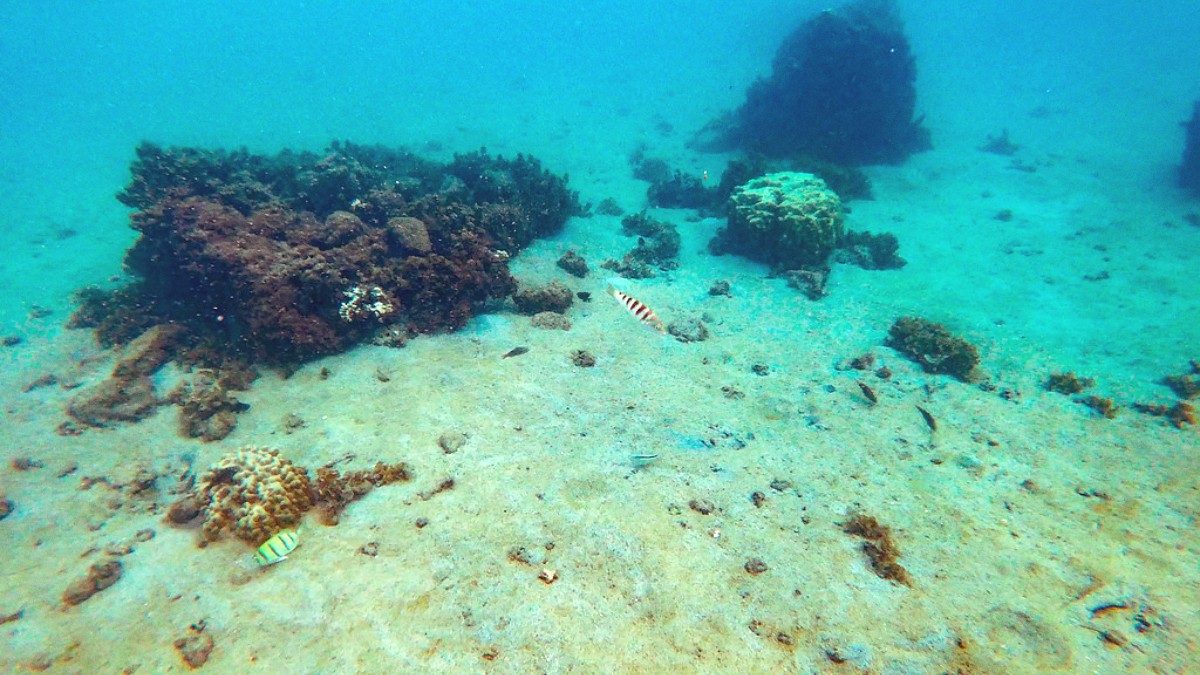
Tahiti And French Polynesia
Plan a trip to discover a truly untouched corner of French Polynesia, where peace and adventure coexist under a warm tropical sky.
The history of the Tuamotu Islands weaves with Polynesian migration and exploration. Early Polynesian navigators, highly skilled voyagers, settled these remote atolls over a thousand years ago, adapting their lives to the unique challenges of a low-lying coral environment.
They developed sophisticated methods of fishing, pearl diving, and resource management to survive and thrive on islands with limited freshwater and cultivable land. These early inhabitants lived from the sea's bounty and the coconut palms that dotted the motus.
The Tuamotu Islands are French Polynesia's untamed heart. Think of them as a collection of secluded gems, each a ring of coral and sand enclosing a sparkling lagoon. This destination is for those who wish to escape the ordinary.
The climate is tropical oceanic, with a warm, humid wet season (November-April) and a slightly cooler, drier season (May-October). Expect abundant sunshine year-round. The culture is Polynesian, with strong French influences. The local way of life is welcoming and laid-back, deeply connected to the ocean. Fishing and black pearl farming are both traditional and modern livelihoods.
Limited, especially on smaller atolls. Focus rests on natural beauty and water activities.
Pensions de famille (family guesthouses) offer genuine cultural immersion and home-cooked meals.
Prices register high due to remoteness and import costs.
Do not anticipate bustling nightlife, extensive shopping, varied cuisine, or fast-paced activities. This destination embraces disconnecting and the quiet beauty of the atolls.
Ideal for divers, snorkelers, couples seeking romance and privacy, and travelers looking for an authentic, off-the-beaten-path island experience.
World-class diving and snorkeling in passes teeming with sharks, dolphins, and manta rays captivate visitors. Pearl farms share insights into a major local industry.
Diving, snorkeling, kiteboarding, paddleboarding, kayaking, cycling, and fishing. Enjoy relaxing on quiet beaches.
A vast archipelago of low-lying coral atolls and motus (islets), with expansive, clear lagoons. Endless ocean views characterize the landscape, devoid of mountains.
This snapshot offers a glimpse into the magic awaiting you in the Tuamotu Islands. Prepare to redefine your idea of paradise.
The tropical oceanic climate shapes the weather throughout the year, influencing activities and travel comfort.
The Tuamotu Islands experience a tropical oceanic climate with consistently warm temperatures and high humidity year-round. Two main seasons define the year: a drier winter and a wetter summer.
Temperatures from 24°C to 28°C (75°F to 82°F). Lower humidity, minimal rainfall, stable weather. Consistent trade winds offer a pleasant breeze. This period is often the most pleasant with clear skies.
Temperatures from 27°C to 30°C (81°F to 86°F). Higher humidity, frequent and heavy rainfall, often in short bursts. Higher risk of tropical depressions (December-March). Warmer water temperatures.
July-August and December-January. Optimal weather, peak underwater visibility. Prices for flights and accommodations peak. More crowds, especially at popular atolls like Rangiroa and Fakarava. Early booking recommended.
The Tuamotus are within the South Pacific cyclone belt. The official cyclone season spans from November 1 to April 30. Peak activity typically happens from December to March.
For Diving and Snorkeling, May to October offers optimal conditions with clearer waters. Larger marine life often appears more common from November to March. Pearl Farming Tours operate year-round. For Beach Relaxation, May to October provides the most consistently sunny weather. Kiteboarding enthusiasts discover consistent trade winds from May to October.
Travelers from Schengen area countries, or those exempt from a Schengen visa for short stays, typically do not need a separate visa. This covers most EU countries, USA, Canada, Australia, New Zealand, and UK. Stays extend up to 90 days within any 180-day period. IVisa & VisaHQ offer visa assistance.
Visitors from countries not covered by Schengen agreements usually need a specific visa. The application process occurs through the French Embassy or Consulate in your country of residence. Begin this process well in advance.
Your passport must be valid for at least six months beyond your planned departure. Present proof of confirmed return or onward travel. Demonstrate adequate financial means for your stay. Provide confirmation of your accommodation bookings. World Nomads, SafetyWing, and Insubuy are options for travel insurance. Passport-sized photos adhere to specific requirements.
The local currency is the Pacific Franc (XPF). It has a fixed exchange rate with the Euro (1 EUR = 119.33 XPF). Exchange currency at PPT or major banks in Papeete. ATMs are available in Rangiroa and Fakarava, but are less common elsewhere. Major credit cards are accepted at larger resorts; many smaller places prefer cash.
Budget: 8,000-23,000 XPF ($70-$200 USD). This includes guesthouses, local eateries, walking/cycling, and free activities.
Mid-Range: 28,000-60,000 XPF ($250-$540 USD). Comfortable pensions, mixed dining, organized transfers, regular excursions.
Luxury: 70,000-100,000+ XPF ($600-$900+ USD). Luxury resorts, fine dining, private transfers, multiple dives/tours.
Utilize an Air Tahiti Pass for inter-island travel. Stay at family-run pensions (guesthouses) which often include meals. Self-cater some meals from local markets. Limit imported alcohol consumption. Enjoy free activities like beach snorkeling. Bring your own Snorkel mask and fins.